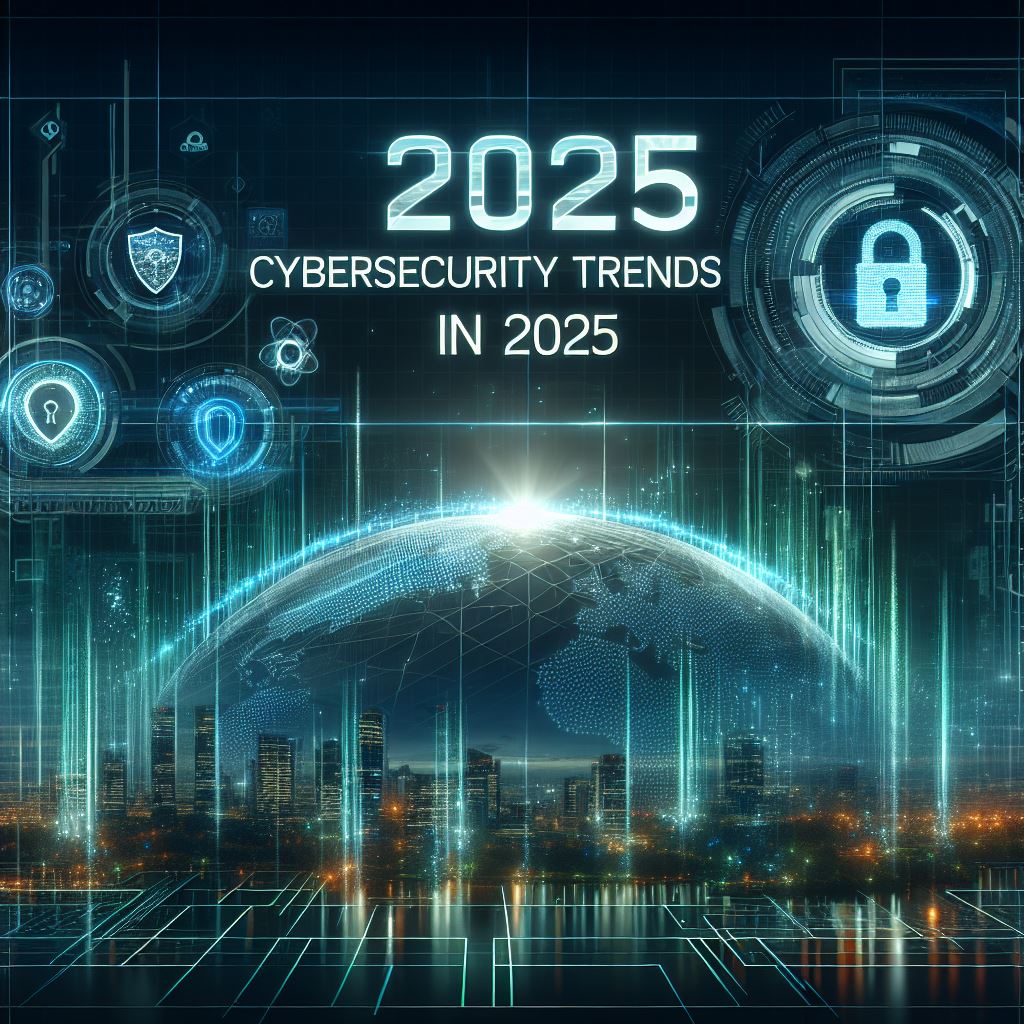Top Cybersecurity Trends for 2025: Navigating the Future of Digital Security
Top Cybersecurity Trends for 2025: Navigating the Future of Digital Security

As we dive into 2025, the world of cybersecurity is buzzing with new developments and challenges. Staying ahead of the curve is more important than ever. Let’s explore the top trends that are shaping the future of digital security this year.
1. Generative AI Driving Data Security Programs
Focus on Unstructured Data: Generative AI is changing the game in data security. Companies are now focusing more on unstructured data like text, images, and videos, rather than just structured data in databases. This shift is revolutionizing how we think about and implement data security.
2. Managing Machine Identities
Increased Use of Machine Accounts: With the rise of AI, cloud services, automation, and DevOps, there’s been a huge increase in machine identities. Managing these machine accounts is crucial to prevent expanding the attack surface. Advanced identity management solutions are becoming a must-have.
3. Tactical AI Implementations
Narrower Use Cases: Instead of going all-in on broad AI applications, companies are focusing on more tactical, specific uses of AI that align with their existing goals. This makes it easier to see the direct impact of AI investments on cybersecurity.
4. Quantum Computing
Preparing for Quantum Threats: Quantum computing is on the horizon, and with it comes new security challenges. Organizations are starting to develop quantum-resistant encryption methods to protect sensitive data from future quantum threats. It’s all about staying one step ahead.
5. Zero Trust Architecture
Continued Adoption: The zero trust model is all about verifying every access request, no matter where it comes from. This approach is gaining traction because it significantly reduces the risk of unauthorized access and data breaches. It’s becoming a cornerstone of modern cybersecurity strategies.
6. Third-Party Risk Management
Stricter Vendor Controls: As companies rely more on third-party vendors, managing the associated risks is crucial. Stricter vendor risk management practices, including thorough due diligence and continuous monitoring, are becoming the norm to ensure partners meet security standards.
7. Continuous Threat Exposure Management
Proactive Monitoring: Continuous monitoring and management of threats are now standard practices. This proactive approach helps organizations stay ahead of potential attacks and respond quickly to emerging risks, keeping their security posture strong.
8. Outcome-Driven Metrics
Improved Communication: To bridge the gap between cybersecurity teams and non-technical stakeholders, companies are adopting outcome-driven metrics. These metrics clearly show the impact of cybersecurity investments, making it easier for board members and executives to understand and support security initiatives.
9. Identity-First Security
Emphasis on Identity Management: Identity-first security is all about ensuring that only authorized users have access to critical systems and data. Implementing multi-factor authentication and robust access controls are key to this approach, enhancing overall security.
10. Regulatory Compliance
Adapting to New Regulations: Keeping up with evolving regulations and standards is a continuous challenge. Companies need to stay updated on new regulations and adapt their security practices accordingly to avoid penalties and protect sensitive data.
11. Boardroom Communication
Enhancing Executive Understanding: Effective communication with the board and executives is essential for gaining support for cybersecurity initiatives. Improving how cybersecurity information is presented ensures better understanding and alignment with organizational goals.
12. Cybersecurity Skills Shortage
Addressing Talent Gaps: The shortage of skilled cybersecurity professionals is still a big challenge. Companies are investing more in training, development, and upskilling programs to bridge the gap and build a strong cybersecurity workforce.
Conclusion
The cybersecurity landscape in 2025 is full of rapid advancements and evolving threats. By staying informed about these trends and proactively adapting their strategies, organizations can enhance their security posture and protect their valuable assets. Embrace these trends to navigate the future of digital security successfully.
#Tags
- Cybersecurity trends 2025
- Generative AI in cybersecurity
- Machine identity management
- Quantum computing threats
- Zero trust architecture
- Third-party risk management
- Continuous threat exposure management
- Outcome-driven cybersecurity metrics
- Identity-first security
- Regulatory compliance in cybersecurity
- Boardroom communication in cybersecurity
- Cybersecurity skills shortage
- Data security programs
- AI in cybersecurity
- Cybersecurity best practices 2025
- CybersecurityTrends2025 #GenerativeAI #MachineIdentityManagement #QuantumComputing #ZeroTrust #ThirdPartyRisk #ThreatExposureManagement #OutcomeDrivenMetrics #IdentityFirstSecurity #RegulatoryCompliance #BoardroomCommunication #CybersecuritySkills #DataSecurity #AIinCybersecurity #CybersecurityBestPractices


